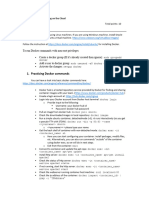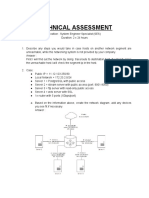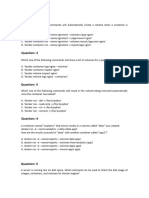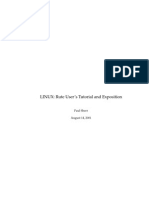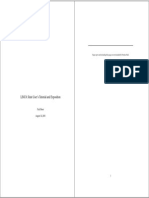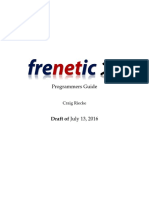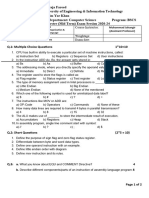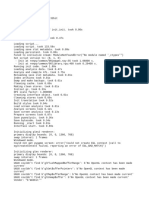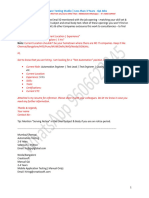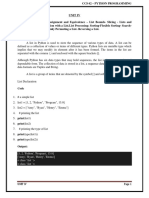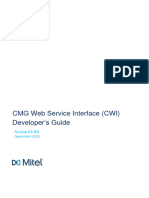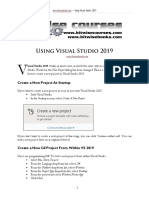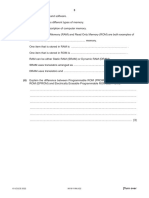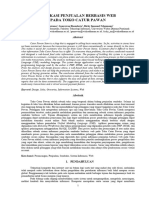0% found this document useful (0 votes)
7 views7 pagesVirtualization
question along with answers for virtualization 1
Uploaded by
David MathewCopyright
© © All Rights Reserved
We take content rights seriously. If you suspect this is your content, claim it here.
Available Formats
Download as PDF, TXT or read online on Scribd
0% found this document useful (0 votes)
7 views7 pagesVirtualization
question along with answers for virtualization 1
Uploaded by
David MathewCopyright
© © All Rights Reserved
We take content rights seriously. If you suspect this is your content, claim it here.
Available Formats
Download as PDF, TXT or read online on Scribd
/ 7
